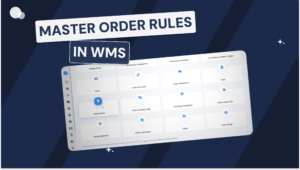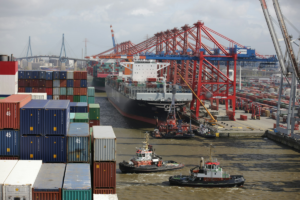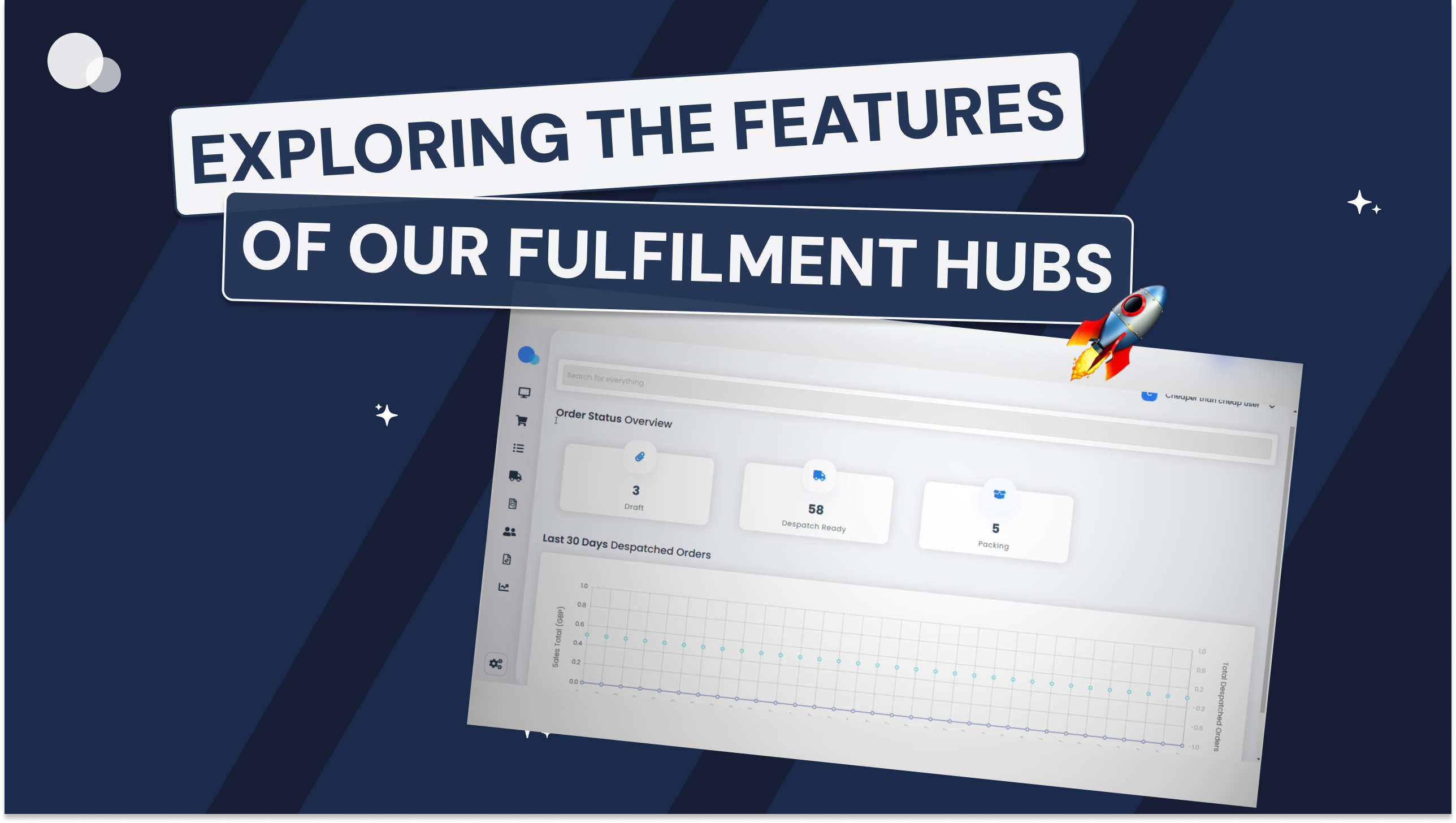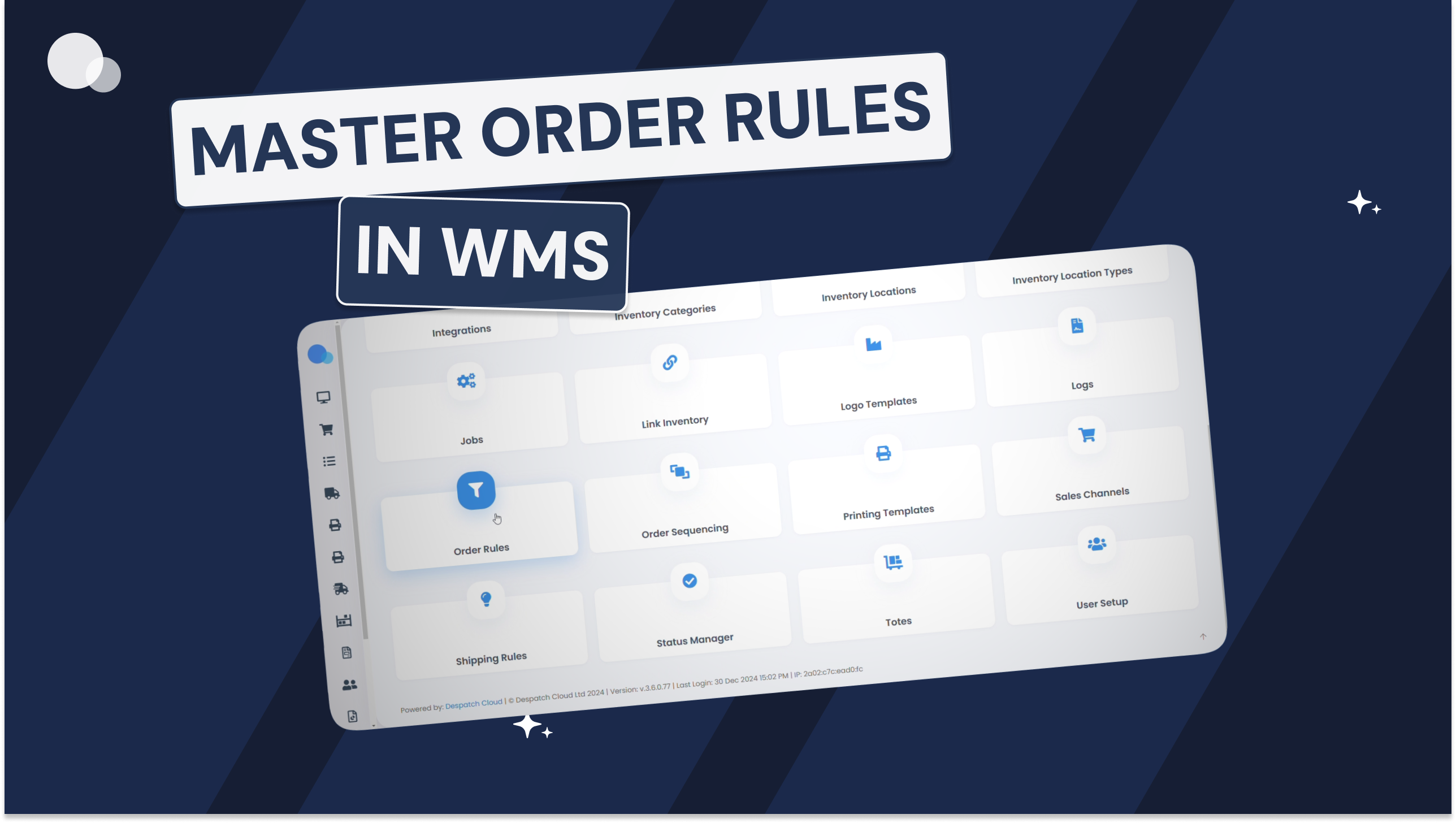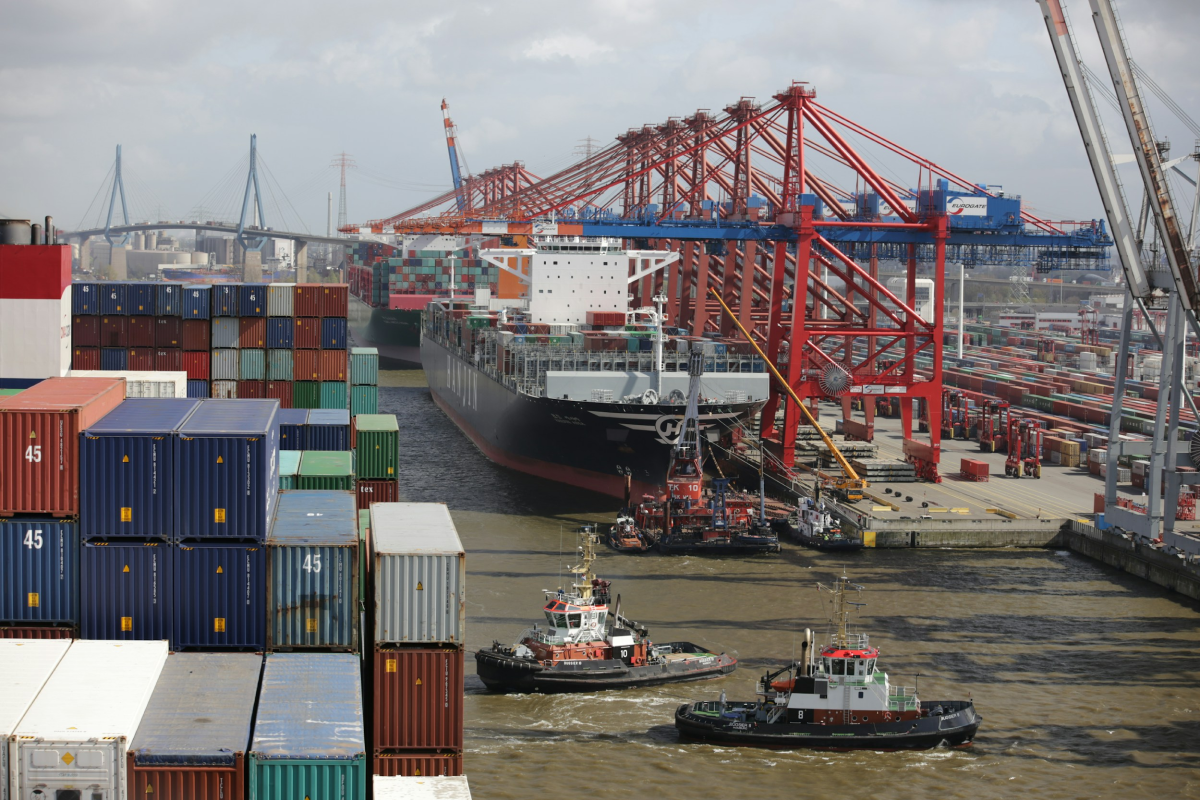What does a Delivery Management Software do?
A simple answer to the question: “What Is Delivery Management Software?”. Plus a complete guide about how it works for people that are new to this tool.
Delivery management software (DMS) is a software suite that contains tools for automating the delivery process from start to finish. Most features inside delivery management solutions are designed for both small and large organisations, helping efficiently ship parcels, schedule and track orders, improve shipping performance, optimise WISMO, and meet customer satisfaction.
In short:
Delivery management software is a tool designed to help businesses deliver goods and services to customers faster, cheaper, and more efficiently.
The main benefit of using software for managing your shipping is that you can reduce operating costs while raising customer satisfaction, month after month.
What Is Delivery Management Software Used For?
Delivery management software (also called shipping management software) is mainly used to schedule and ship orders for delivery).
With ever-increasing customer expectations, on-demand logistics solutions are becoming an essential component of the supply chain.
Online retailers are feeling the pressure of delivering customer orders quickly to boost brand loyalty and stay competitive.
Delivery management starts with a strong fulfilment and logistics strategy. The fulfilment experience involves picking and packing items and shipping orders through the most optimised way to improve terms of speed and efficiency.
But without the proper fulfilment infrastructure and supply chain technology in place, the ability to deliver orders quickly and accurately can be a challenge.
Today, SaaS (software-as-a-service) solutions like Despatch Cloud Shipping have software features which provides features such as courier management software, delivery tracking software, label generation and customer notifications.
Key challenges in delivery management
Getting customer orders on doorsteps intact and on time is a lot more complicated than the average consumer might realise. In fact, eCommerce brands face many challenges when managing their deliveries.
Inventory management issues
To fulfil and deliver orders, inventory needs to be in the right place at the right time. If a brand is struggling with stockouts or can’t balance inventory levels across their fulfilment network to meet demand, they won’t have the products on hand to fulfil an order when it comes in. This creates backorders and delays in getting orders to customers.
Proper replenishment timing, real-time inventory tracking software, and thorough demand forecasting can help a brand avoid inventory management issues and facilitate timely delivery. If as a business you don’t have an order management, warehouse management or ERP in place to manage this then our Warehouse Management System may be the perfect bit for you.
Increased demand for fast and efficient delivery
Like it or not, 2-day delivery has become the new standard for eCommerce. According to a recent report, 90% of consumers now consider delivery within 2-3 days, with 30% expecting same-day delivery options when shopping online.
This expectation can put smaller brands in a bind. While express shipping is expensive and can eat away at a merchant’s profit margins, merchants may not have the capital to run the network of multiple, strategically located warehouses needed to distribute inventory and minimise shipping costs and times.
For this reason, many smaller ecommerce businesses choose to partner with a logistics platform like Total Fulfilment. Top-notch fulfilment and shipping partners can help your brand distribute inventory near customer hubs for quicker, cheaper shipping without the hefty price tag.
Growing competitive pressure
Ecommerce giants like Amazon are increasingly using delivery services as a key competitive advantage. Whether it’s by offering free 2-day shipping on all online orders or providing a wide array of delivery choices including same-day, next-day, or even BOPIS (buy online, pick up in-store), major retailers and online platforms have the infrastructure and capabilities to meet customer demands on a massive scale.
While direct-to-consumer (DTC) brands may offer unique delivery experiences that larger competitors cannot match, such as personalised packaging or tailored inserts, they also face the challenge of staying competitive and getting orders quickly to their customers. That’s where a DMS solution slots in. The best delivery management software provides customer tracking and branded notifications throughout the process to reduce WISMO worries and keep their customers up to date throughout the order journey.
Rise of cross-border eCommerce (and its complications)
Ecommerce is a global industry, and brands are no longer limited to selling to local customers. Now, merchants have the option of launching their brand in international markets and reaching millions of new customers and demographics.
But with new opportunities come new complications. The desire for fast, affordable shipping is universal, but international delivery often comes with long wait times and high shipping price tags. In addition, the geopolitical landscape is constantly changing, and these changes and challenges often affect international shipping and delivery.
With our shipping management system, we make this process much easier connecting you to couriers across the world with our single, secure and supported API connection.
Customer expectations and complaints
According to one study conducted in 2022, 85% of online shoppers report that a single negative delivery experience with a brand would prevent them from purchasing from that brand again in the future.
While some customers may be able to forgive a brand for the occasional mishap, if your delivery management strategy consistently results in lost, damaged, or undelivered orders, customers aren’t likely to stick around long. Worse yet, they could leave you negative reviews online, and discourage other consumers from making purchases.
Why Use Delivery Management Software?
Delivery management software is a HUGE boost to delivery efficiency. How consistent you are in delivery highly impacts both the customer experience and your bottom line.
Without a proper delivery management system in place, you can’t offer the variety of shipping methods that customers expect, which can increase your cart abandonment rate.
Post-purchase, if your delivery system lacks visibility and reliability, it can lead to higher shipping costs and slower transit times (and customers who are less likely to buy from you again).
By investing in your delivery process, you can improve both sales and internal operations. Here are the top benefits of implementing a strong delivery management system:
Reduced operational costs
Delivery management aims to reduce shipping costs, so you can improve profit margins.
There are many factors that influence shipping costs. Keeping an eye on different carrier options is important, as well as avoiding common packing mistakes that increase costs, like using too large of packaging (for a higher dimensional weight).
Depending on the areas you ship to, different couriers (including regional parcel couriers) may also offer cheaper rates than what you’re currently paying. Having a logistics professional like Despatch Cloud as a partner can help you find compare rates and find the best deals and save money. Despatch Cloud client Rydale, for example, saved an estimated £100,000 on postage by leveraging Despatch Cloud’s WMS and expertise.
“We were hesitant about leveraging Despatch Clouds transportation management system at first – but it’s actually been great.
Before we were manually choosing rates for orders coming out of our warehouse, but now Despatch Clouds WMS automatically selects the best delivery method for us, so it costs us less and our customers get faster shipping.
We’re saving hundreds of thousands of pounds per year, just in postage. When we first got started, we estimated over £100,000 in savings.”
Alex Moore Head of Ecommerce at Rydale
Higher customer retention rate
Once a customer makes a purchase, the customer experience doesn’t stop there. The shipping experience is key to establishing a proper delivery strategy.
The right delivery management system can help minimise shipping costs, shipping times, and customer complaints. For example, homeware store Yorkshire Trading used to struggle to meet customers’ expectations for 2-day shipping – but after partnering with Despatch Cloud, they were able to optimise their delivery strategy to achieve a nearly perfect 5/5 rating from customers.
“We used to have a lot more complaints with 2-day shipping before partnering with Despatch Cloud, but with our inventory strategically distributed, we can cut lead times and really follow through on the 2-day promise.
It also helps that through Despatch Cloud we don’t have to ship with a specific carrier for 2-day service, and instead we can partner with and used a bunch of different couriers to find the best rate and most optimal route. I think that’s very beneficial, because if one carrier has a problem, we can use a different one to get our orders to customers on time. Overall, our customers seem much happier since we switched to Despatch Cloud, and we’re not getting negative reviews on our shipping anymore.”
How our Delivery Management Software Works
Now it’s time to learn how delivery management software works.
(We’ll use our own Despatch Cloud Shipping Solution to better explain it.)
To start managing your delivery with software, you need to head over to your provider’s site and sign in to your account. In this case, Shipping:
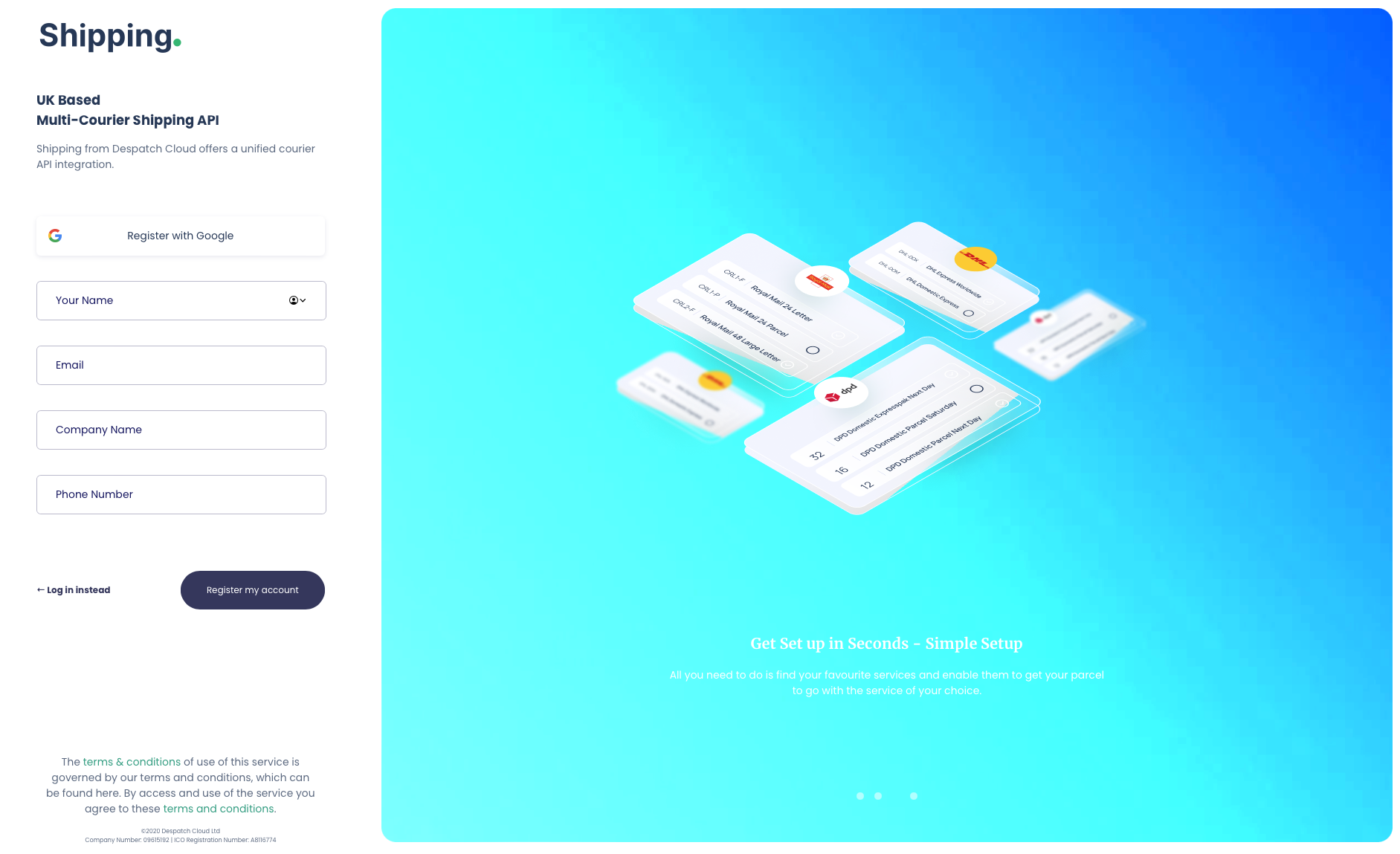
Once logged in, you get access to the dashboard:
Your dashboard might be where you spend a lot of your time hanging out, so we wanted to make it extra special. From here you can access real time insights on your couriers and shipments, as well as tracking updates.
This will help you have full control over your operation, providing you with all the information you need in easy and digestible chunks. From tracking updates, down to courier performance by courier and region, here you can find all the data you could possibly need to ensure smooth, timely, error-free deliveries, and even happier customers!

However, before you start using our delivery management you need to set it up.
NOTE: We can typically do this for our clients. When you book a demo, send us your info and we’ll show you how Despatch Cloud actually works when it’s set up for your organisation.
Setup and Configuration
Connect to couriers
When it comes to shipping, we provide the very latest technology to give access to a huge range of couriers and make your shipping operations accurate and lightning quick.
Using our single (REST) API you can add full shipping functionality to any system, WMS, ERP, or Marketplace without worrying about individual carrier requirements or updates. Simply upload your courier contract and combine the power of our Delivery Management Software with your preferred shipping services.
Automate your Delivery Management with Smart Shipping
With Despatch Cloud Shipping, you can say goodbye to manually selecting couriers. Our delivery management platform allows you to automate courier selection by creating rules based on various parameters such as parcel size, destination, parcel value, and more.
Let’s say you have a courier service that charges significantly more for parcels that weigh above 5kg. Makes sense to not use them in that instance, right?
With our smart shipping tool, you can opt out of that service for deliveries above 5kg by setting a limit for the maximum weight allowed, and have your preferred service automatically assigned to those heavier deliveries instead.
The best part? Our smart shipping tool was designed to bend and fold to the needs of your operation, which means you can create virtually any shipping rule your heart desires and your skill allows.
Despatch Cloud’s Delivery Management System makes getting your courier labels and ship a breeze. Whether you’re dealing with a few orders or a large volume of shipments, our platform simplifies the label printing process, saving you time and reducing errors.
By centralising order management and label printing, Despatch Cloud boosts printing efficiency. With features like batch printing and automated label generation, manual tasks are eliminated, and mistakes are minimised. Whether you’re fulfilling eCommerce orders or managing shipments for your distribution network, Despatch Cloud ensures hassle-free label printing, letting you focus on growing your business.
Customer Communication
Keep your customers in the loop with tracking pages and messages that match your brand and drive sales forward. All it takes is a few clicks to set up order tracking with our delivery management system.
By integrating our powerful tracking API into your system, you can provide real-time parcel updates to your customers.
No more “where’s my order?” requests flooding up your systems! Give your customers the ultimate delivery experience with tracking information at their fingertips even before they have the chance to ask for it. Not only drastically reducing customer enquiries, but also enhancing trust and satisfaction.
The best part?
You can customise your tracking notifications to reflect your brand’s image and create a unique delivery experience that will charm and delight your customers.
The best delivery management software also has analytics features.
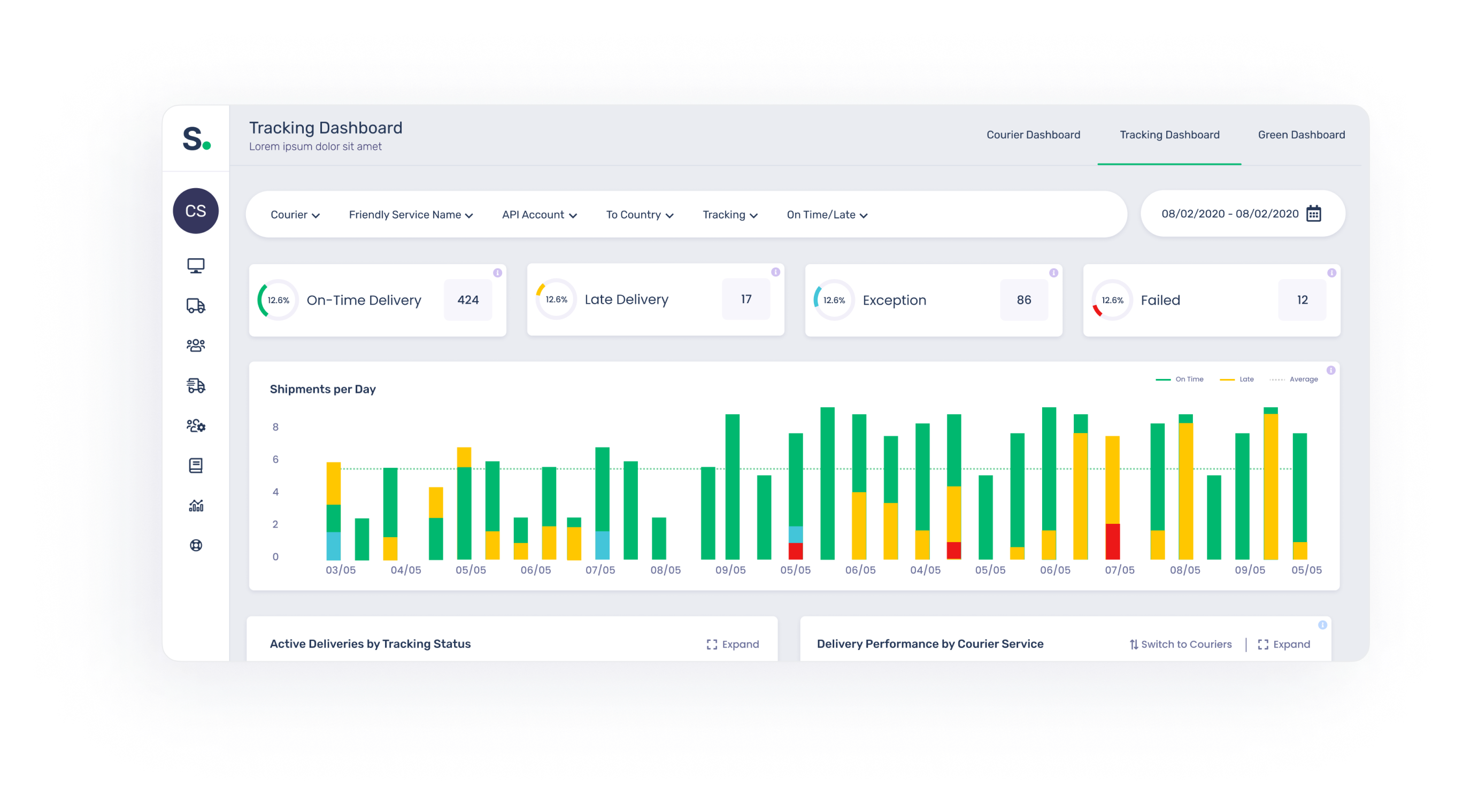
Despatch Cloud Shipping can provide real-time analytics and historical analytics of your shipping activity. You can select a specific date range to analyse the most relevant delivery KPI’s such as:
Monitor delayed deliveries
How often are there delays in your delivery system? Delivery exceptions occur in from time to time due to the weather, road construction or something else. But identifying what caused them is an important aspect of delivery management. If delivery delays occur far too frequently and for things within your control, it might be time to take a step back and consider your options.
Documenting your delayed deliveries can help you identify a pattern if there is one. Or, a list of the most common causes, which is the first step to solving those problems, especially if they occur regularly and are within your control.

Know your average time per delivery
Your average time per delivery can depend on many factors, specifically the location of your clients. If you consistently ship locally and your clients enjoy two-day shipping that’s one thing, but if you ship internationally, you should pay closer attention to your average time per delivery. This is not only so your customers know what to expect, but so you can problem-solve if there is a delay and work on reducing shipping time.
Calculating your average time per delivery is easy; simply add the total days it took for separate items to be delivered and divide that by the number of deliveries. If you have thousands of deliveries, you can consider taking a random sample of ten or 100, or some other manageable number to add up. Some use workweek days, but with some couriers operating seven days a week, you can include those as delivery days.
This process is significantly easier if you partner with an eCommerce enablement platform like Despatch Cloud that tracks key delivery metrics for you. Through our Shipping analytics dashboard, merchants can see what percentage of their orders arrived in certain delivery windows, as well as average transit time for different shipping methods.
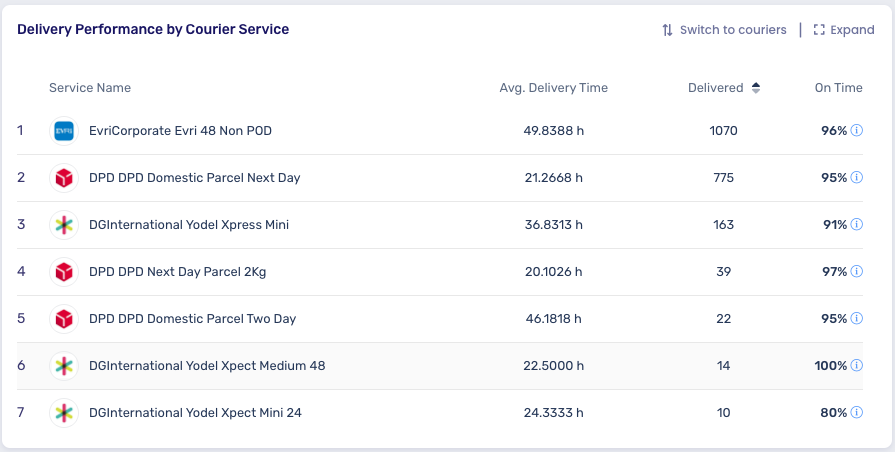
Track your average cost of delivery
It goes without saying that next-day shipping has spoiled us all and competing with that as a business can be very difficult. That is why knowing your delivery speed and costs are important to remain competitive.
Similar to your average time per delivery, you’ll want to add up how much each delivery costs and divide that by the number of deliveries.
Say you have 100 deliveries this week, all with varying costs. Add all those costs together to get the total, then divide that by ten (the number of deliveries). This will result in the average cost of your deliveries for that time frame. With this information in hand, you can analyse what you spend and work to reduce that cost without sacrificing time in transit, of course.
You can also go deeper into average delivery cost data to isolate different insights. For instance, Despatch Cloud’s dashboard will show you your brand’s average shipping cost by location and by shipping method, and even track average delivery cost.
Conclusion
We hope you enjoyed this brief introduction on delivery management software, what it is and how it can help your business going forwards. In this guide, we wanted to go beyond a simple definition of this software solution. And give you a few steps to get started. As you can see, there’s a lot to learn about delivery software. But considering how much you can raise efficiency; it is absolutely worth the time and effort. hat’s why we recommend you take the next step and book a demo with our team to learn more about our Delivery Management Software – Shipping.

